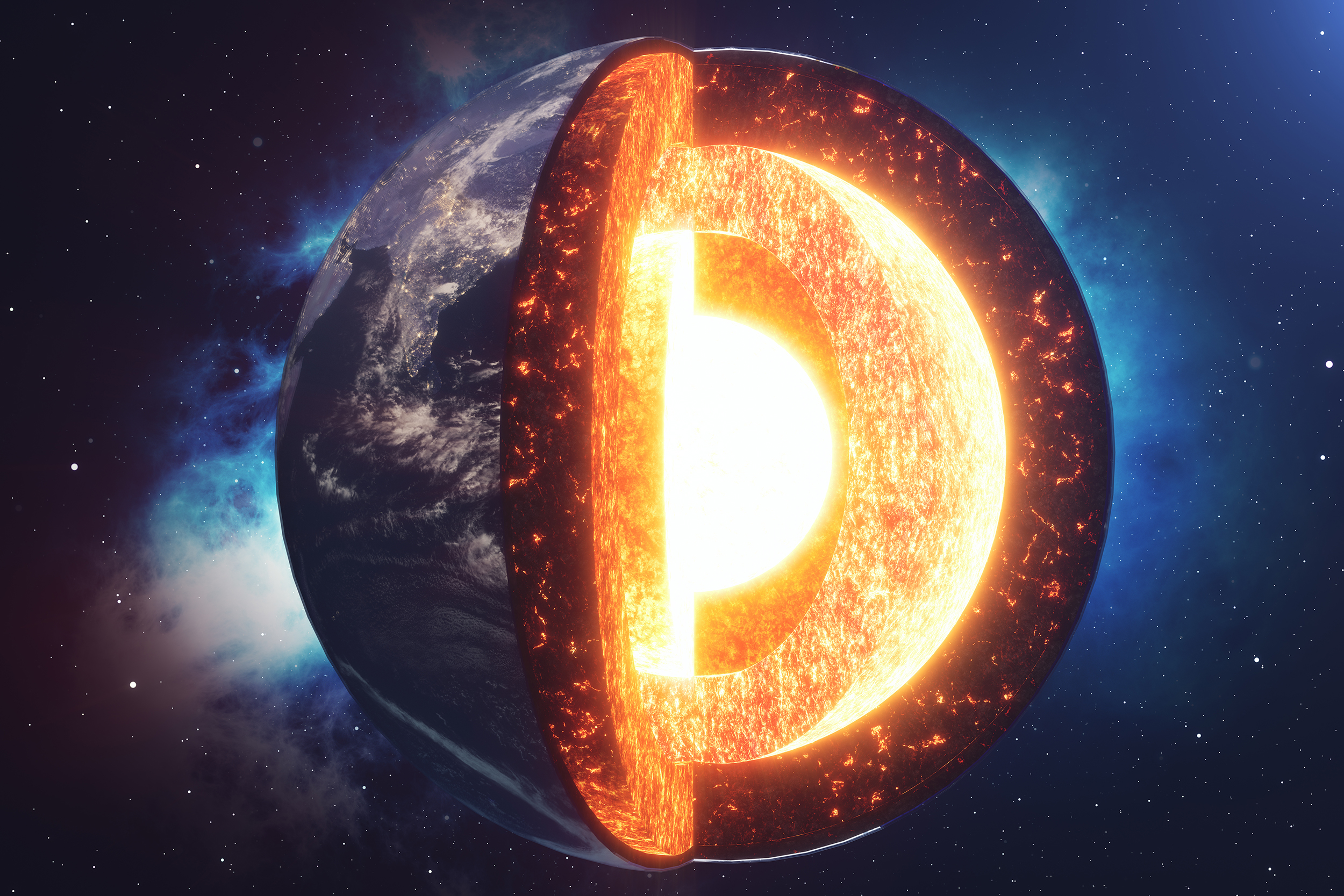
The scientists at Johns Hopkins University are digging deep down the Earth using a new technique that was originally designed and used in exploring the cosmos. An unusual team of space and earth scientists have used a new novel algorithm called the Sequencer, which was initially developed to find various interesting trends in the astronomical datasets.
This algorithm is developed by Menard and a graduate student Dalya Baron to be used in the astrophysics and geology department.
The scientists have unveiled structures present deep down the Earth that has paved a new map of the Earth. This map will exactly describe how the interiors of the Earth look like.
These findings, after their completion, will be published in the Science magazine.
Scientists use seismic waves to look deep inside the Earth the same as the doctors use ultrasound to look deep inside the human body. But, these findings will have to wait for the Earth to have an earthquake because, without any disturbance or motion in the Earth’s interior, the scientists will not be able to trace the seismic waves and guess the composition of the earth.
The Sequencer algorithm drifts through thousands of seismograms for echoes and creates a new map of the Earth’s mantle. The map reveals hot and dense regions below the Hawaii and Marquesas Islands in French Polynesia in the Pacific.




